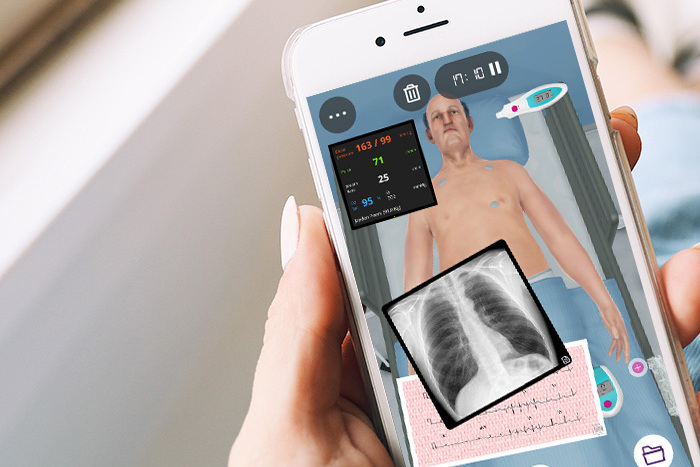Lippincott is a leading international medical publisher of professional health information for practitioners, faculty, residents, students, and healthcare institutions
Lippincott has a full suite of essential medical products, from books and journals to digital solutions.
Healthcare professionals, researchers, educators, and students around the world rely on our solutions. Our content is written and reviewed by experts. It’s authoritative and based on the best available evidence. It’s curated and aggregated to be both premier and comprehensive. And it’s delivered through powerful tools and technology for fast access to the exact information you need—whether you’re learning or teaching in the classroom, treating a patient, or conducting research.
You can rely on Lippincott for the tools, resources, and accurate, accessible healthcare information—from the start of your education to your first day in practice, and throughout your career.

